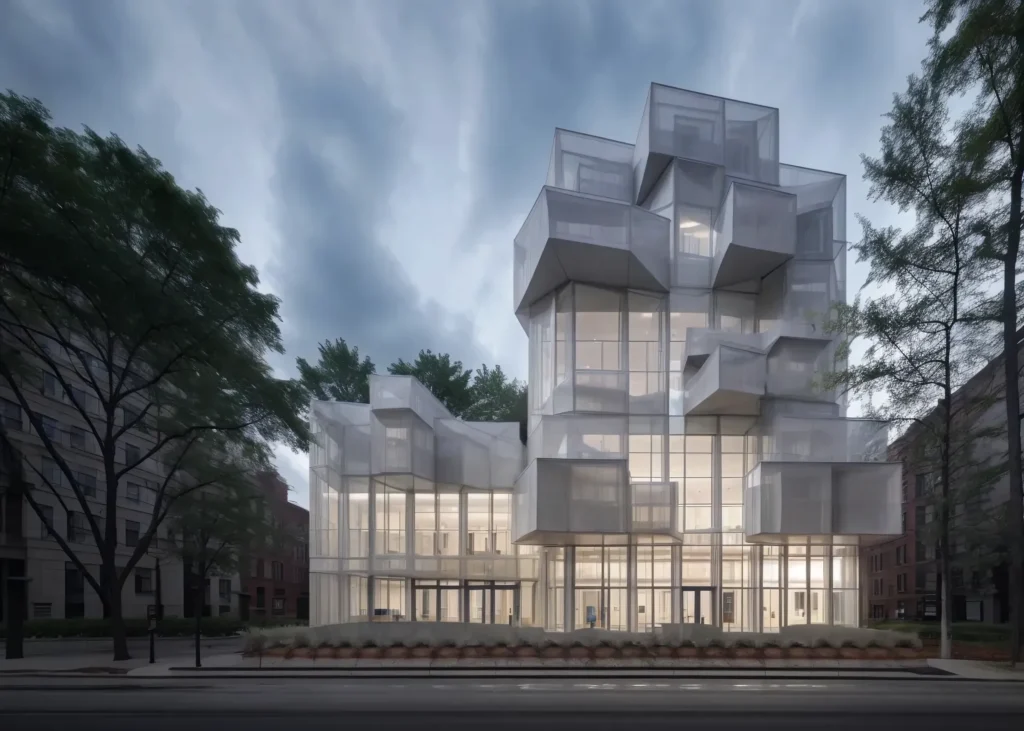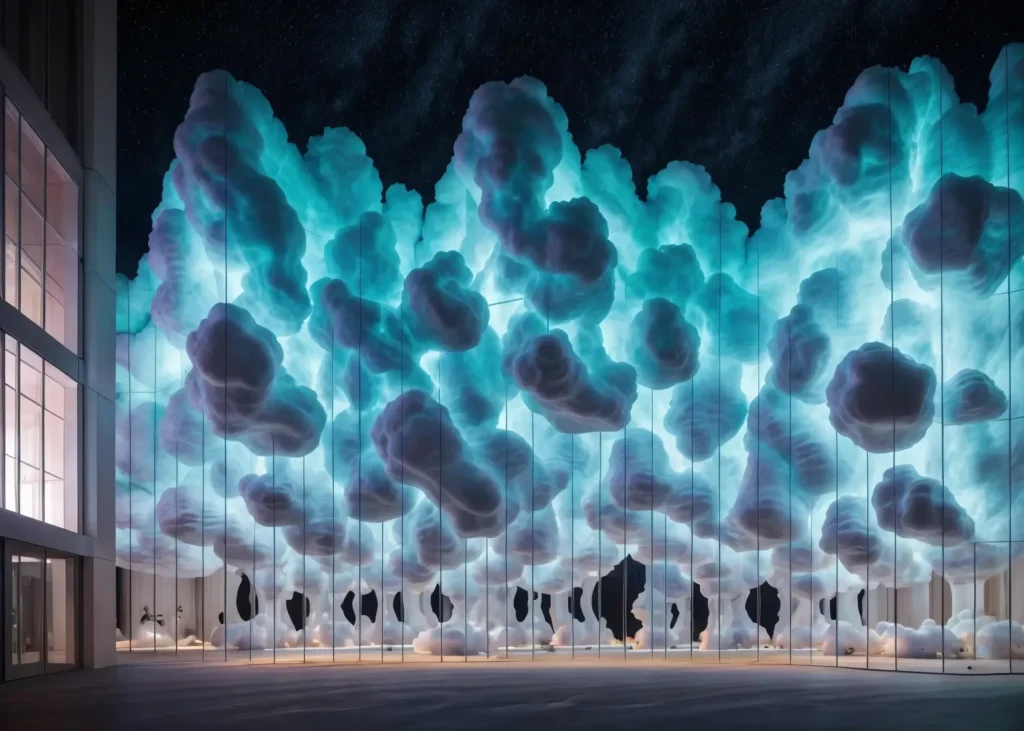
Exploring the Role of AI in Architecture Design Software
Introduction
Artificial Intelligence (AI) has radically transformed various sectors, and the world of architecture design is no exception. With advancements in AI technology, the integration of AI in architecture design software is pushing boundaries and unlocking new potentials. Today, we delve deeper into the role of AI in transforming traditional architecture design processes. From enhancing 3D visualization to revolutionizing interior design, let’s explore the impact AI is making in architecture.

The Power of AI in Architecture Design Software
- Creating Efficient Designs: Building design software empowered by AI algorithms enables architects to generate computationally efficient designs. AI-based software can explore thousands of design iterations in a fraction of the time it would take with conventional methods for space planning, optimizing materials, and enabling superior energy efficiency.
- Realistic 3D Visualization: Companies employing AI algorithms and machine learning techniques in their building design software allow architects to visualize their designs in astonishing detail. Cutting-edge rendering technologies paired with AI can bring photorealistic 3D visualizations to life, enabling clients to envision a design with incredible accuracy at the conceptual stage.

Benefits of using AI in Architecture
- Streamlining Complex Tasks: One of the most impactful applications of in architecture design software lies in expediting complicated and tedious tasks in the design process. Machine Learning algorithms have proven beneficial in automating repetitive tasks, such as formatting, annotation, detail drawings, clash detection, and calculation of material quantities. Translating to increased efficiency and freeing up valuable time for critical analysis and important design decisions.
- Customized and Intelligent Design Solutions: Interior design AI enables personalized solutions tailored to the specific needs and preferences of clients. AI-infused architecture design software can analyze large sets of data related to human behavior, usability, and environmental factors to develop solutions that incorporate accessibility, optimal lighting, air quality, and acoustic requirements. This assists in creating spaces that enhance the well-being and productivity of occupants.
- Energy Efficiency Optimization: AI algorithms integrated into building design software enable architects to optimize designs for energy efficiency. With AI-powered assistance, architects can evaluate different design elements, materials, and technologies to identify the most sustainable and energy-efficient choices, contributing to environmentally conscious building designs.
- Improved Project Management: AI in architecture design software facilitates enhanced project management capabilities. By analyzing extensive datasets related to past construction projects, AI algorithms can identify potential risks, estimate project timelines more accurately, and anticipate budgetary requirements. Architects can rely on AI-driven insights to make more informed decisions, improving project outcomes and client satisfaction.

Conclusion
AI is rapidly breaking barriers in architecture design software, transforming conventional design processes and revolutionizing the industry. Through AI-infused building design software, architects can leverage features like real-time 3D visualization, customization, and efficiency to create innovative, sustainable, and aesthetically pleasing designs.
With AI’s ability to automate mundane tasks, architects have the opportunity to focus their energy on more critical aspects of the creative process and project management. Embracing AI in architecture enables professionals to unlock new potential, enhancing the industry and pushing the boundaries of design.
